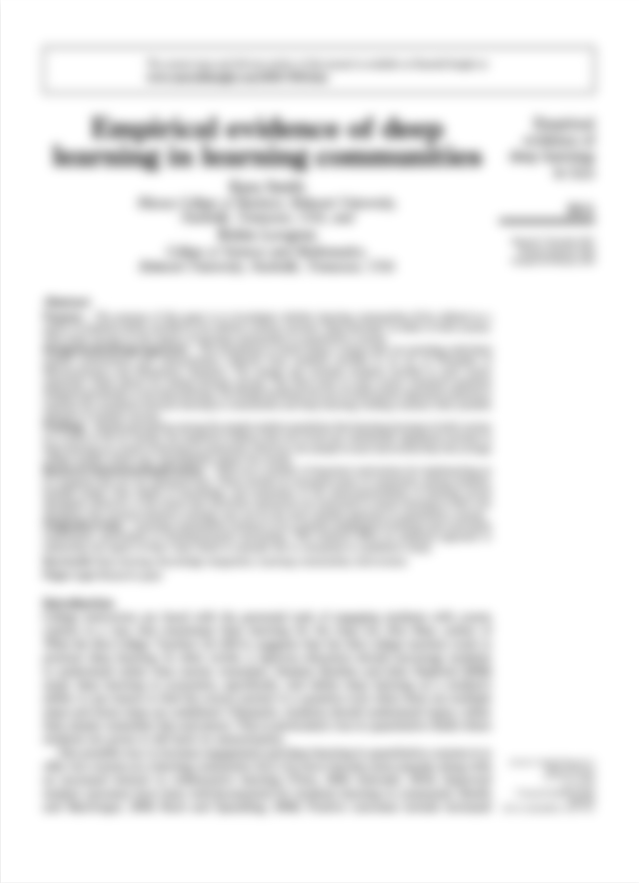- Preview Available
- Scholarly Journal
The five research C's
Chochinov, Harvey Max.
Palliative & Supportive Care; Cambridge Vol. 5, Iss. 3, (Sep 2007): 203-5.
We're sorry, there is no preview available.
Try and log in through your library or institution to see if they have access.






